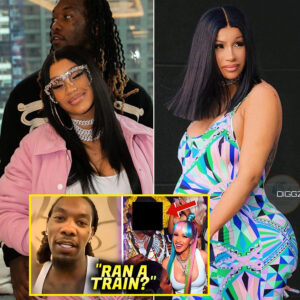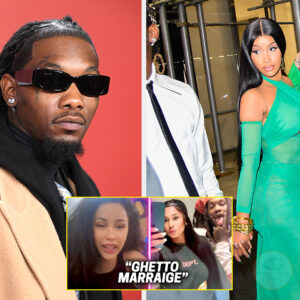As the WNBA faces an alarming projected loss of $40 million this season, the league finds itself at a critical juncture. Just a short time ago, the league appeared to be thriving, buoyed by the star power of Caitlyn Clark, packed arenas, soaring ratings, and merchandise flying off the shelves. Now, however, it seems the situation has rapidly deteriorated, raising urgent questions about the future of women’s professional basketball.
Despite a surge in interest and engagement, the WNBA’s financial woes have been persistent. For 27 years, the league has struggled to turn a profit, and the current losses have provoked frustration among NBA owners, who hold a significant stake in the WNBA. With the NBA owning 75% of the league, when the WNBA suffers, the NBA feels the impact—millions of dollars are at stake.

The emergence of Caitlyn Clark as a superstar had initially ignited optimism for the WNBA. Her talent and charisma attracted new fans and generated excitement around the league. However, if the current trend continues, the prospect of canceling the next season looms, and many fear it could mark the end of the WNBA in mainstream sports.
NBA investors, once patient backers of the league, are growing increasingly frustrated. The rising questions from owners, including James Dolan of the New York Knicks, reflect a desperation for accountability and results. Dolan, often criticized for his management style, has surprisingly emerged as a voice of concern, advocating for transparency in the league’s operations. This unexpected role reversal highlights the gravity of the situation.
Amid these financial struggles, there is a glimmer of hope: a potential $2.2 billion media rights deal set to start in 2026. This deal could significantly boost the league’s revenue, projecting an increase to at least $100 million annually, a dramatic leap from the current $60 million. Yet, this newfound financial hope hinges largely on Clark’s popularity and the buzz she generates.
The challenge remains: if the players opt out of their current collective bargaining agreement by the November deadline, the resulting push for higher salaries could further exacerbate the league’s financial troubles, complicating the potential for recovery.

Caitlyn Clark’s arrival has undeniably changed the landscape of women’s basketball. With her record-breaking performances, she has revitalized fan interest, leading to an uptick in attendance and merchandise sales. The Indiana Fever, for example, have seen attendance figures soar, averaging nearly 16,000 fans per game—far surpassing the competition.
Clark’s ability to draw in new fans—families, casual viewers, and basketball enthusiasts—has transformed the narrative around the WNBA. Ticket prices have skyrocketed, with seats that once sold for $20 now fetching $100 or more. TV ratings have surged, with millions tuning in to watch her electrifying performances.
However, this surge in popularity has not come without its challenges. Some players within the league have expressed disdain towards Clark and her growing fanbase, viewing them as disruptive to the existing culture. This resistance risks alienating the very audience that could be pivotal to the league’s revival. Accusations of racism have surfaced, with some players unfairly labeling Clark’s fans, potentially driving away the support that the WNBA desperately needs.
The WNBA stands at a crossroads. With Caitlyn Clark’s extraordinary talent and the potential for increased media revenue, the league has an opportunity to embrace the excitement and growth she brings. Ignoring this moment, however, could mean falling back into obscurity and financial distress.
The league’s future depends on its ability to harness the momentum created by Clark and other rising stars while fostering a welcoming environment for new fans. If the WNBA can find a way to unite its players and supporters, it might just turn the tide on its financial challenges.
The WNBA is at a pivotal moment in its history, facing both challenges and opportunities. Caitlyn Clark represents not just a bright future for the league but a critical lifeline. By capitalizing on her star power and addressing internal conflicts, the WNBA could secure its place in the sports landscape. The question remains: will the league rally around its newfound hope, or will it falter under the weight of its past struggles? The clock is ticking, and the answer could define the WNBA’s legacy for years to come.
Relative Articles
None found





